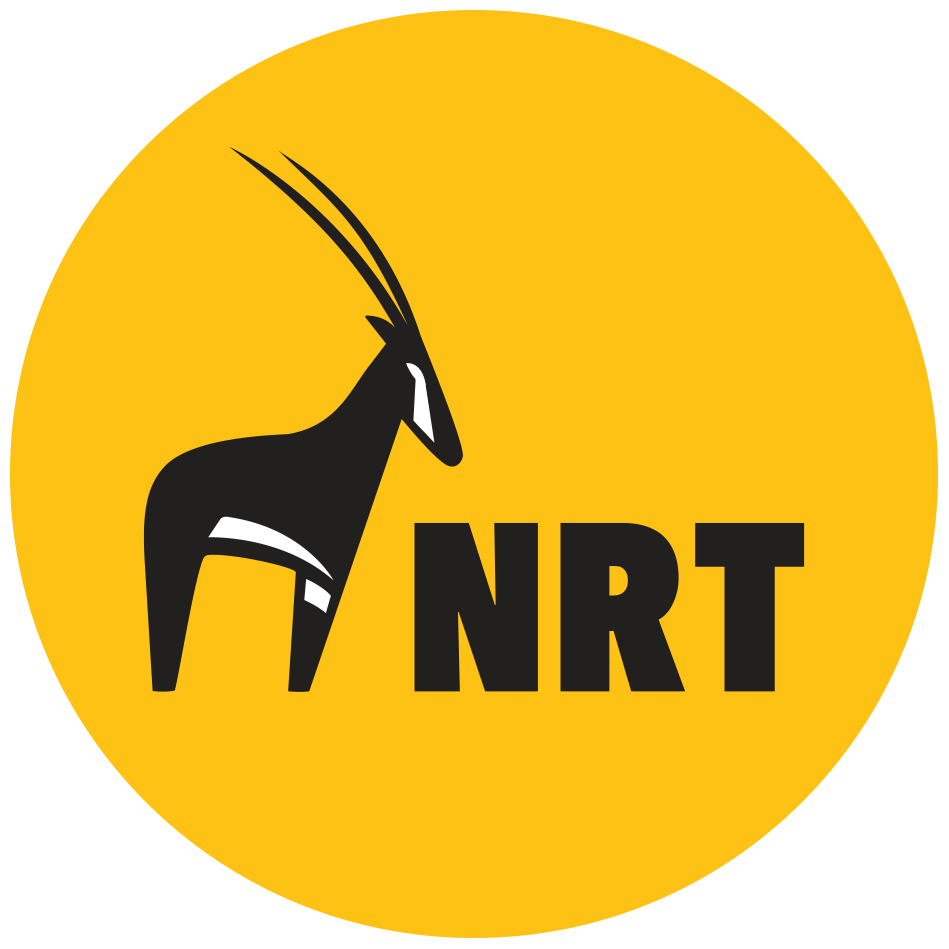Second Impala Herd Moved to Sera to Boost Biodiversity
40 impalas from Lewa Wildlife Conservancy have been successfully translocated and released into their new home at the Sera Rhino Sanctuary, Samburu County. They have joined another impala herd, also moved from Lewa in 2015, as the Sera Community Conservancy moves toward increasing landscape biodiversity. The move was a partnership between the Sera community, NRT and the Kenya Wildlife Service (KWS), and was supported by support by the US Agency for International Development (USAID).
Impalas are typical antelope in every sense; elegant, alert, and very skittish. So getting 40 wild impalas to willingly walk into a loading crate is no easy task. Thankfully, the translocation team from KWS, Lewa and NRT are experts. In 2015, they successfully captured, moved and rereleased 33 impalas from Lewa into Sera Rhino Sanctuary – bringing the species back to an area it was once common. This pioneer herd paved the way for the second translocated herd, moved from Lewa in early October 2019.
After months of preparation, which included gradually familiarizing the 40 chosen individuals with the moving crate, the operation was completed without complication. 39 females and one male of various ages were chosen for the move, and have already settled in to their new habitat.
Like many areas in Kenya, land degradation and resource competition with livestock were the driving forces behind the disappearance of impalas from Sera. While impalas are not a threatened species, they are an indicator species, meaning that a reduction in their numbers signifies an overall loss of biodiversity in an area. This doesn’t just affect wildlife. Healthy rangelands are the backbone of the local pastoralist economy in Sera, and its tourism product.
Improved governance, security, peace efforts and grassland management has seen a transformation in Sera since it was established in 2001. As East Africa’s first and only community-run black rhino sanctuary, its success has been a result of finding a balance between good conservation, and improved local livelihoods. It is hoped that the expanded impala population here will serve to restock surrounding areas in the near future, leading to more landscape-level biodiversity improvement, and subsequent conservation benefits to communities.
“We are restocking Sera with what was previously there and at one time disappeared,” says NRT’s Senior Research and Monitoring Officer, Antony Wandera. “The conservancy will act as a sink population meaning that several species will be reintroduced in a managed environment where they’ll breed and once they get to capacity, they will be restocked to other areas.”
Impalas are mixed feeders, meaning they both browse and graze and can therefore easily adapt to changing seasons. The increased population will also be better able to survive predation shocks — Sera is home to leopards, and migrating packs of wild dogs.

